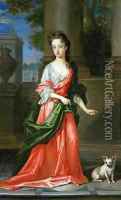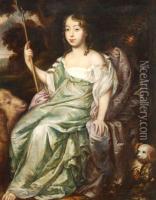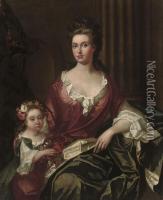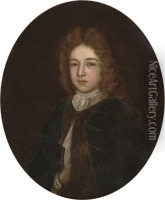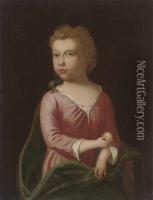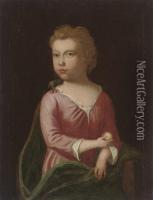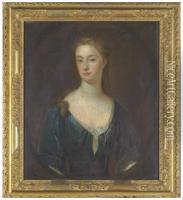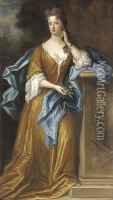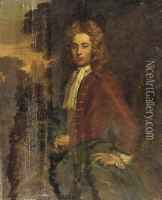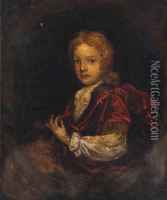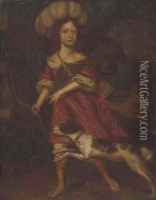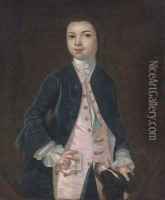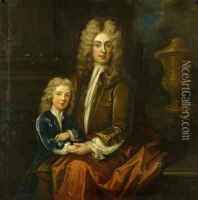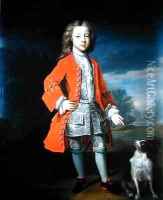Charles d' Agar Paintings
Charles d'Agar was a French painter born in Paris in 1669. He was the son of a Swedish father, Jacques d'Agar, who was also a portrait painter. Charles d'Agar's artistic legacy is often connected to the Baroque period, which was characterized by dramatic expression, rich color palettes, and bold use of light and shadow.
D'Agar received his early artistic training from his father, which laid the foundation for his future career as a portraitist. He later went on to further his studies in Italy, which was typical for artists of his time seeking to refine their skills and draw inspiration from the Renaissance masters.
In 1688, Charles d'Agar moved to England where he became a court painter to James II. After the Glorious Revolution of 1688, he managed to maintain his position and served under King William III and Queen Anne. During his time in England, d'Agar was well-regarded for his portraits, which were especially known for their elegance and attention to the fine details of fabrics and textures. His portraits of royalty and aristocracy were particularly celebrated, contributing to his reputation and success.
After a successful career in England, d'Agar returned to France in 1715. He was received by the Académie Royale de Peinture et de Sculpture in 1720, which was a significant honor, marking his acceptance and recognition within the elite circle of French artists. His works during this period continued to reflect his skill as a portraitist, often capturing the likeness and personality of his subjects with a refined and graceful style.
Charles d'Agar passed away in Paris in 1723. Although not as widely known as some of his contemporaries, his contributions to portrait painting during the Baroque period remain noteworthy, and his works can be found in various art collections and museums across Europe.
